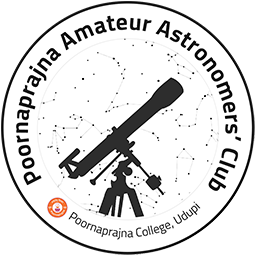The New General Catalogue of Nebulae and Clusters of Stars (abbreviated as NGC) is a catalogue of deep-sky objects compiled by John Louis Emil Dreyer in 1888. The NGC contains 7,840 objects, known as the NGC objects. It is one of the largest comprehensive catalogues, as it includes all types of deep space objects, including galaxies, star clusters, emission nebulae and absorption nebulae.
Know more about NGC
NGC 6866

NGC 6866 is a young open cluster of stars in the northern constellation Cygnus. It was discovered by German astronomer Caroline Herschel on 23 July 1783. This cluster is located at an estimated distance of 4.35 ± 0.53 thousand light-years from the Sun, and is circling the Galactic Center with a slight orbital eccentricity of 0.12. It shows a heliocentric radial velocity of 12.18±1.14 km/s. The angular radius of the cluster is estimated as about 21′±3′, while the core radius is 10.3′±1.8′. A total of 1,357 main sequence stars are determined to be likely cluster members. The combined mass of member stars is estimated as 1,274.52 M☉. It shows a loss rate of 1.92 stars per million years. The metallicity of the cluster – the abundance of elements of greater mass than helium – is similar to that in the Sun. NGC 6866 is one of four clusters located in what was the field of view of the Kepler space telescope. Using asteroseismic analysis of the Kepler data, the age of NGC 6866 is estimated to be about 430 million years old. The cluster includes 31 Delta Scuti and 8 Gamma Doradus variables, with four eclipsing binaries, and 106 stars displaying rotational modulation that is indicative of star spots. Two systems are W Ursae Majoris variables.
More Images:

Sources:
Wikipedia Page: NGC 6866
NGC 6866 at In-The-Sky website
